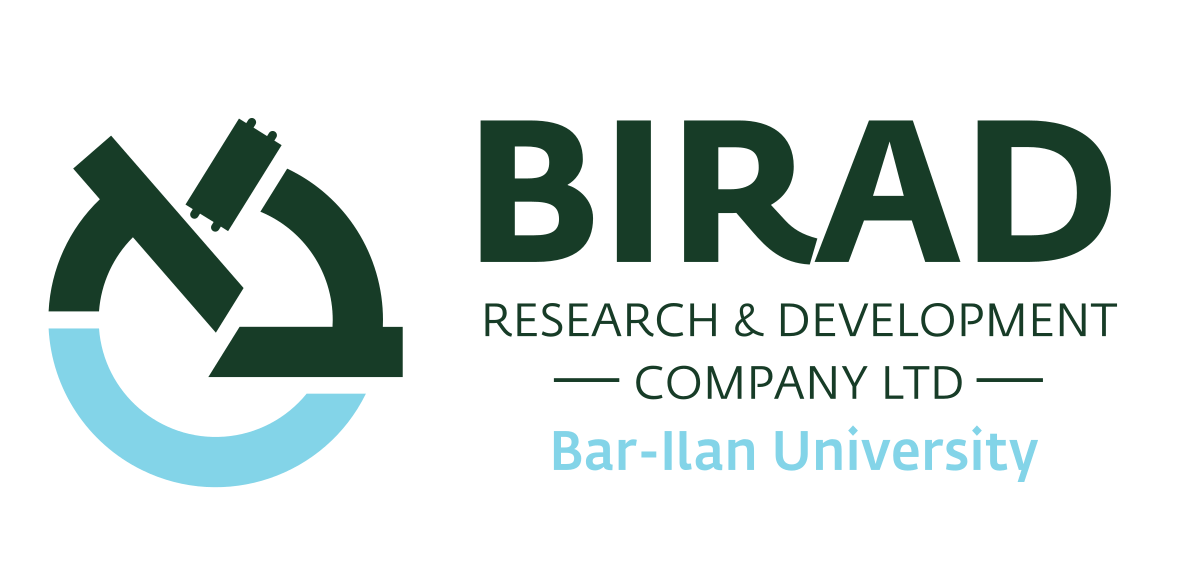Researcher Portal
Disclosing New Innovations – A Key Step in Technology Transfer
BIRAD, together with Bar-Ilan University’s Research Authority, actively encourages faculty to disclose new inventions and innovations. A disclosure is a written report that describes the innovation, how it was developed, and the context of its creation.
It also includes, when possible, potential applications and names of companies that might be interested in licensing the intellectual property.
Disclosure forms are available on the Research Authority’s website.
Submitting a disclosure form is the first step in assessing the commercial potential of your innovation and ensures compliance with Bar-Ilan University's intellectual property policies.
Important Notes:
- Filing a disclosure does not provide legal protection for the innovation. Only a patent or copyright can do that.
- Disclosures to the Research Authority are confidential and are not considered public disclosures.
- Sharing details with anyone outside the university without a signed confidentiality agreement (NDA) constitutes a public disclosure and may jeopardize patentability. NDAs can be arranged through BIRAD.

Screening Evaluation – Assessing Commercial Potential
Once a disclosure is received, BIRAD initiates a structured screening evaluation to determine the commercial viability of the technology. This review is essential for prioritizing innovations that have real market potential and aligning them with appropriate commercialization pathways.
Within 6 to 8 weeks, BIRAD’s commercialization team performs a comprehensive business case analysis. This includes evaluating the maturity of the technology, identifying competitive advantages, mapping the intellectual property landscape, and estimating the addressable market.
The screening process also explores potential industry partners or licensees and assesses the best route for commercialization—whether through licensing, joint development agreements, or startup creation.
The outcome of this evaluation is a detailed recommendation outlining next steps. This is shared with the inventors and forms the basis for collaborative decision-making. Depending on the findings, BIRAD may move forward with patent filing, begin outreach to potential partners, or provide feedback on necessary R&D to enhance the technology’s market readiness.
This early-stage evaluation ensures efficient allocation of resources and maximizes the chances of successful technology transfer.
